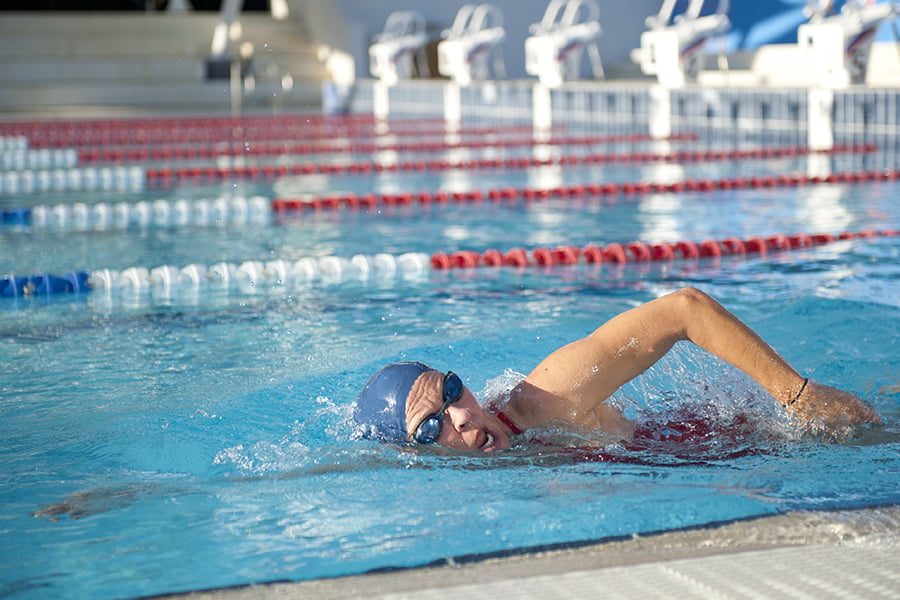
Getting “back to normal” will depend greatly on your pre-operative physical condition and what you consider to be normal activity. Consult with your surgeon or therapist for their advice on your activity. Here are the answers to a few of the most frequently asked “When can I…” questions.
When will I be able to get back to work?
We recommend that most people take at least one month off from work, unless their jobs are quite sedentary or require little thought or analysis, in which case they can usually return to work with a cane somewhat sooner. Pain medications and the effect of surgery on the body’s physiology can keep you from making clear decisions and functioning at peak levels.
How long until I can drive and get back to normal?
You need to be off of all narcotic pain medications, and no longer requiring a walker to legally and safely be permitted to drive. With the direct anterior approach preferred by Dr. Zehr, often the hip flexor muscles are strained for several weeks and this makes driving uncomfortable and even difficult. Typically, however, most patients are driving by week 3 post-op.
Getting “back to normal” will depend greatly on your pre-operative physical condition and what you consider to be normal activity. Most avid golfers are able to hit balls on the range by week 3 and play with their friends by week 6. Swimming, biking, and working out at the gym should be possible by week 3-4. You will continue to make progress and improve for up to 6 months post-op.
When could I take an airplane trip?
The data on when to safely travel by air right after joint replacement surgery is unclear and not agreed upon by joint surgeons. Ideally you need to be able to walk comfortably and independently, if for no other reason than to negotiate the airport and deal with the disappointments of modern air travel. Some studies indicate that the risk of a blood clot or pulmonary embolus is significant until 4 weeks after surgery and that sitting with knee bent in a cramped seat in a pressurized airplane and not drinking fluids is a great set up for a DVT (blood clot). Other studies present less compelling results.
What physical / recreational activities may I participate in after my recovery?
You are encouraged to participate in low-impact activities such as walking, dancing, doubles tennis, pickleball, golfing, hiking, swimming, bowling, and gardening. Low-level weightlifting is also reasonable. In general, a joint replacement is like any mechanical parts that can wear. If you abuse them, they will wear out sooner than they otherwise might. If you take reasonable care of the new replacement it may well last the rest of your life.
High-impact activities, such as running, singles tennis, and basketball are not recommended. Injury-prone contact sports such as downhill skiing or roller skating are also dangerous for the new joint. These activities will have the potential to loosen your artificial joint prematurely leading to a revision of the joint that may have been unnecessary if proper precautions were observed.
For more information on this subject, call The Zehr Center for Orthopaedics at 239-596-0100 or visit www.zehrcenter.com. The information contained herein is compiled from a variety of sources. It may not be complete or timely. It does not cover all diseases, physical conditions, ailments, or treatments. The information should NOT be used in place of a visit with your healthcare provider, nor should you disregard the advice of your health care provider because of any information you read on this topic.